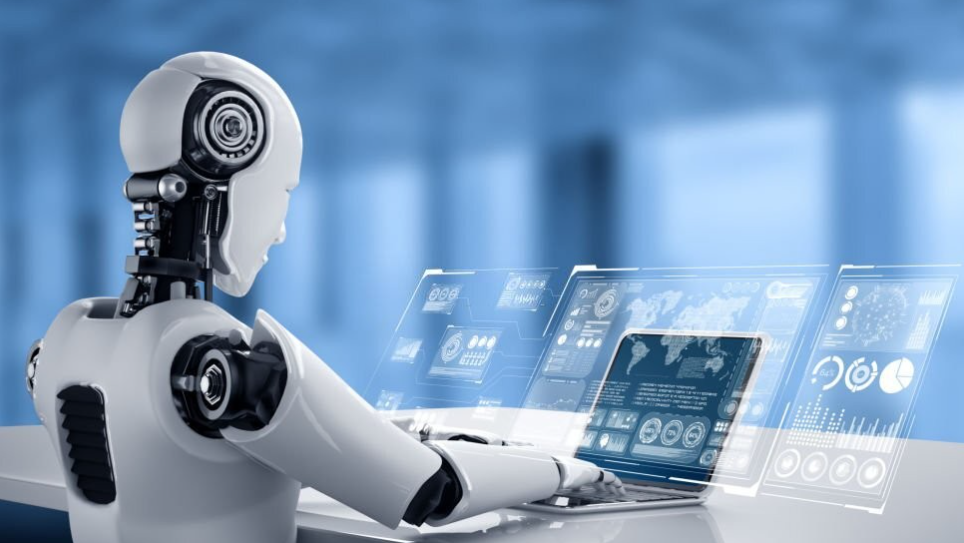The Challenges and Opportunities of Autonomous Robots in Industry
The integration of autonomous robots into industry presents a complex landscape of challenges and opportunities. Workforce displacement poses significant concerns, necessitating extensive reskilling initiatives. Additionally, technical limitations and integration hurdles can impede seamless adoption. However, the potential for enhanced efficiency and innovation remains substantial. As industries face these dualities, the path forward hinges on strategic approaches to overcome obstacles and embrace the advantages of automation. What strategies will emerge to bridge this gap?
Workforce Displacement and Reskilling Challenges
As industries increasingly integrate autonomous robots into their workflows, concerns regarding workforce displacement and the necessity for reskilling have become paramount.
Ensuring job security requires innovative training programs that equip workers with skills suited for a technologically advanced landscape.
Technical Limitations and Integration Issues
Numerous technical limitations and integration issues hinder the seamless adoption of autonomous robots in industrial settings.
Key obstacles include insufficient sensor accuracy, which affects real-time decision-making, and challenges in software compatibility across diverse platforms.
These factors complicate integration efforts, often resulting in inefficiencies.
Addressing these limitations through innovative solutions is essential for unlocking the full potential of autonomous robotics in industry.
See also: The Benefits of Using Artificial Intelligence in Retail
Opportunities for Enhanced Efficiency and Innovation
While challenges persist in the integration of autonomous robots within industrial environments, significant opportunities for enhanced efficiency and innovation emerge as companies adopt these technologies.
These robots can drive increased productivity by streamlining operations and optimizing workflows.
Furthermore, their implementation often leads to substantial cost savings, enabling organizations to allocate resources more effectively, fostering an environment ripe for innovation and growth within the industry.
Conclusion
In conclusion, while the integration of autonomous robots in industry poses challenges such as workforce displacement and technical limitations, it simultaneously presents opportunities for enhanced efficiency and innovation. Critics may argue that these technologies could exacerbate job losses; however, a proactive approach to reskilling and upskilling workers can mitigate this risk, fostering a workforce better equipped to thrive alongside automation. Ultimately, embracing a culture of innovation will be key to unlocking the full potential of autonomous robotics in transforming industrial workflows.






